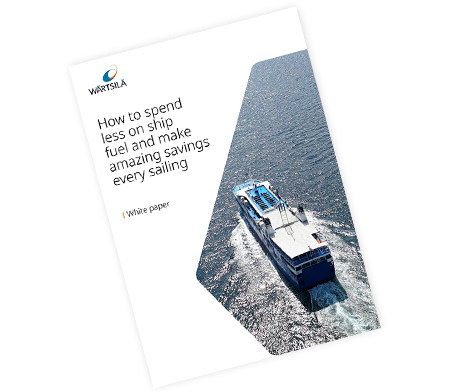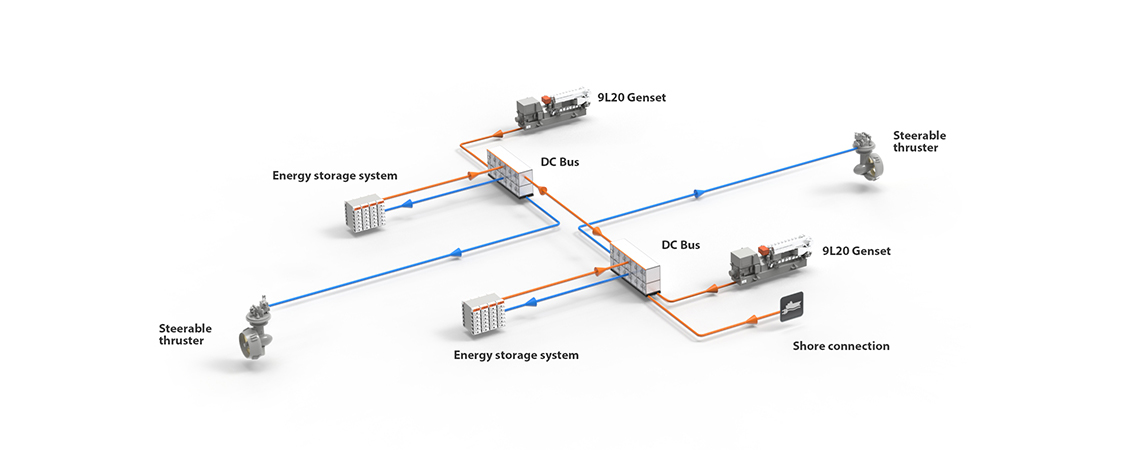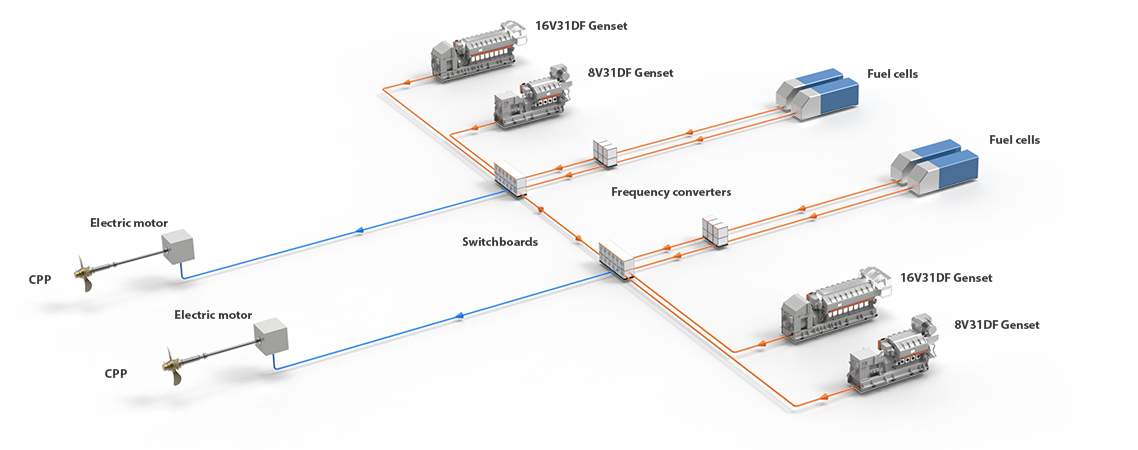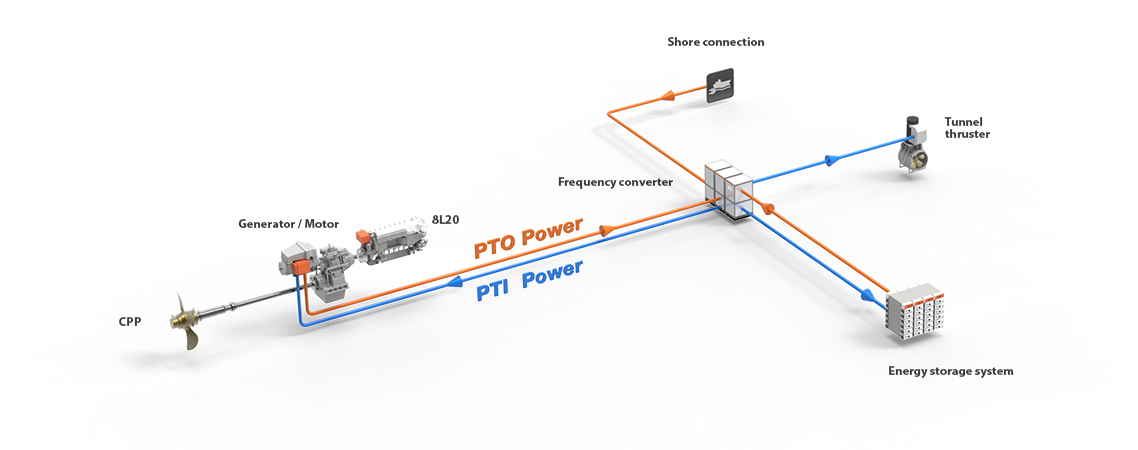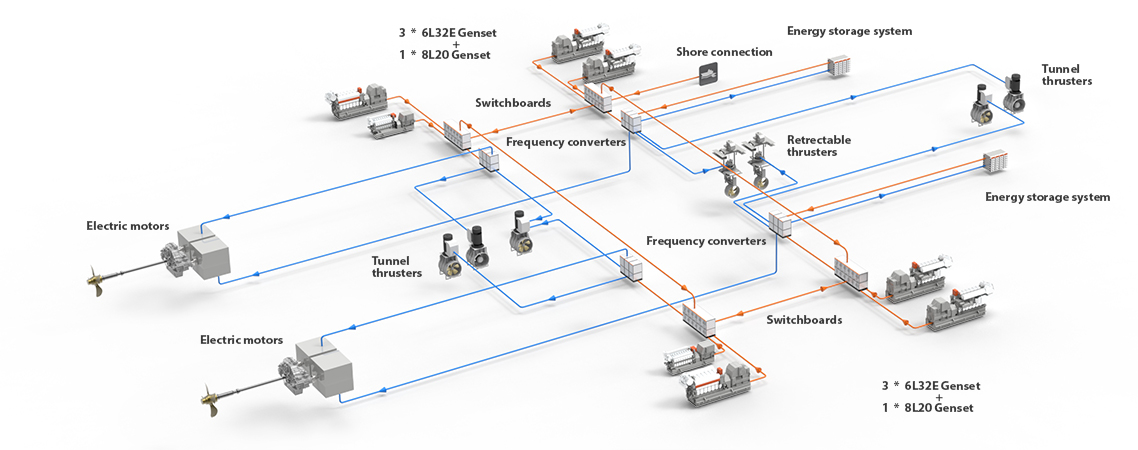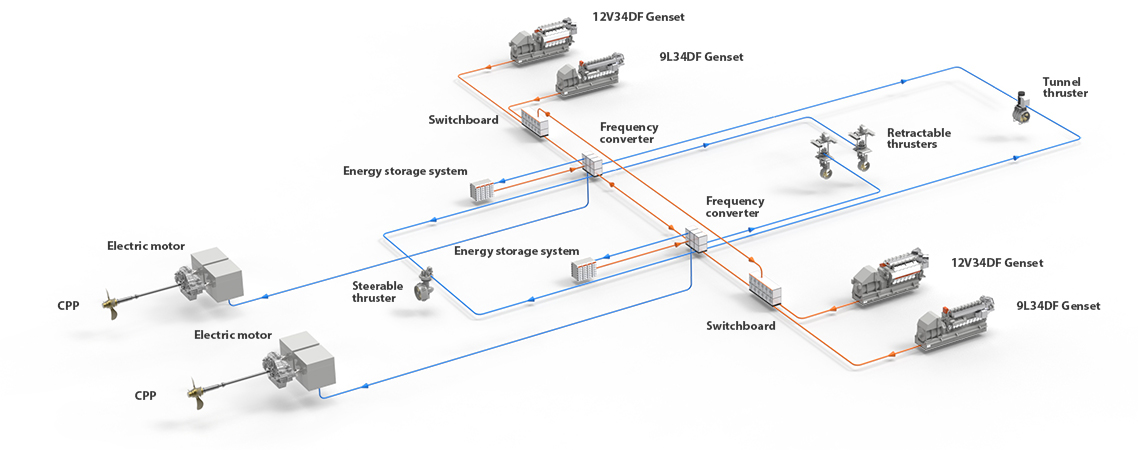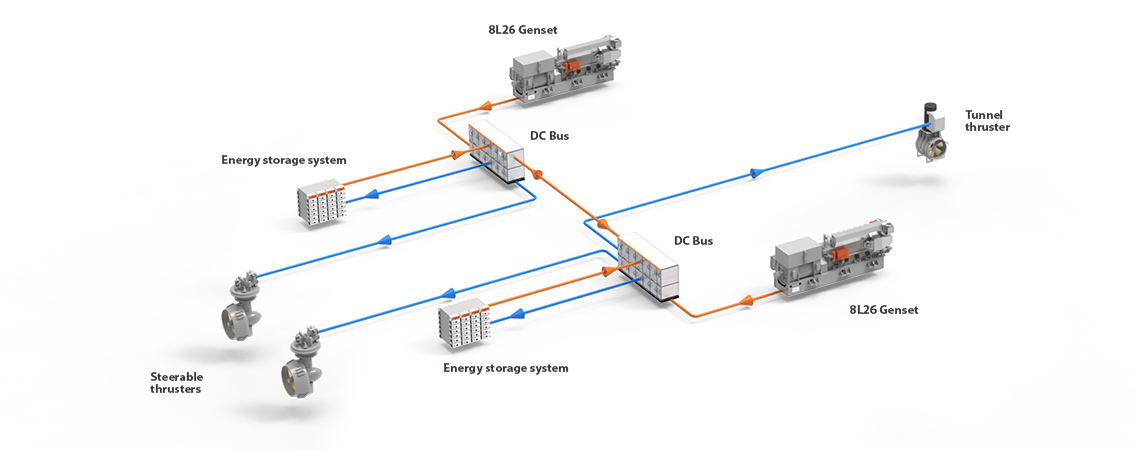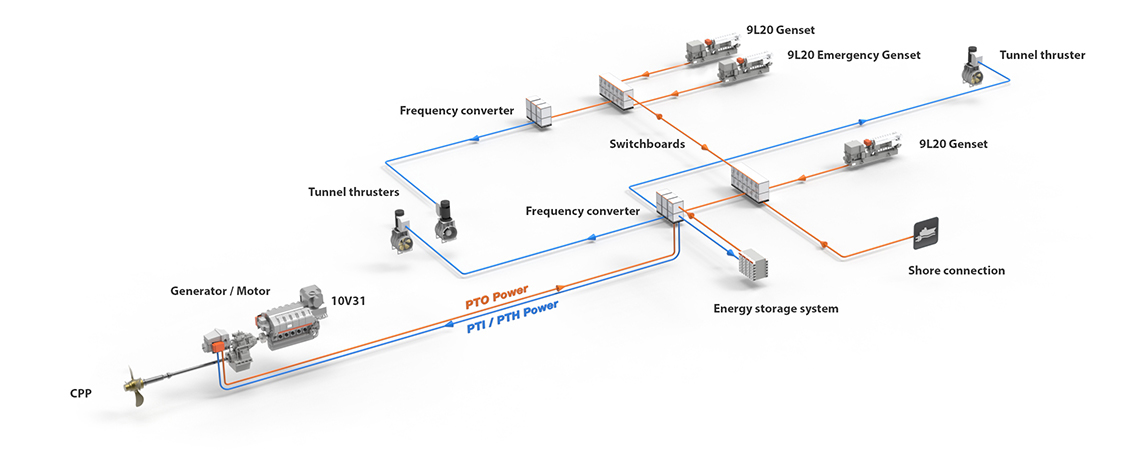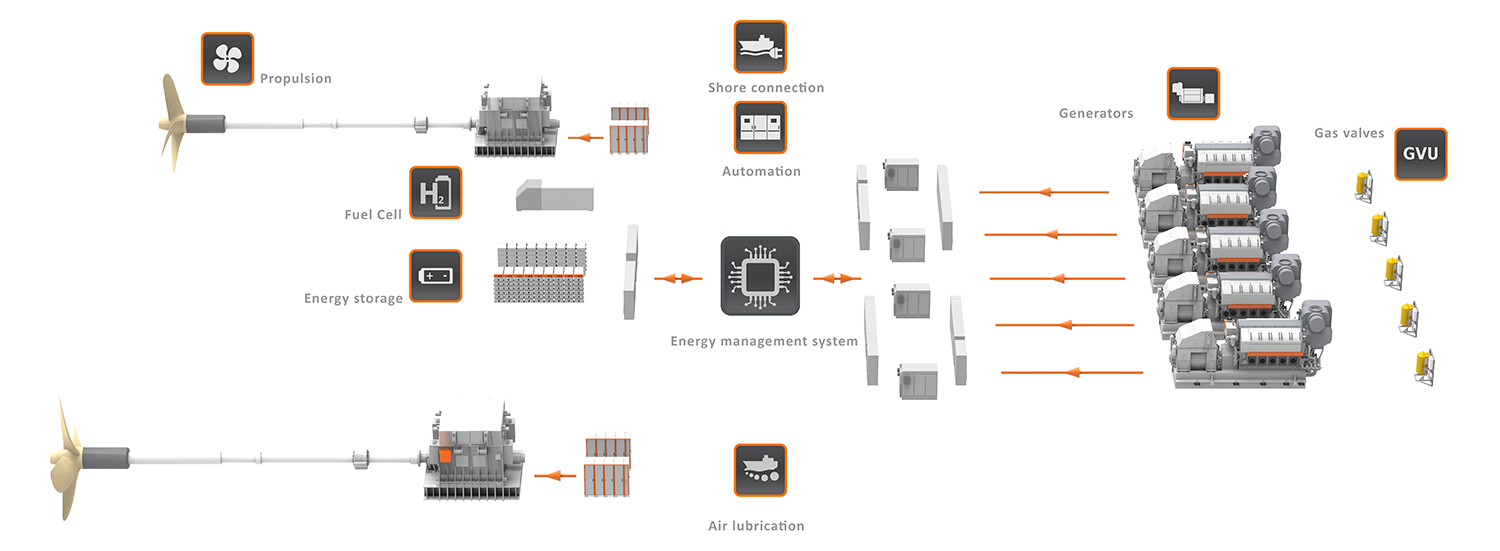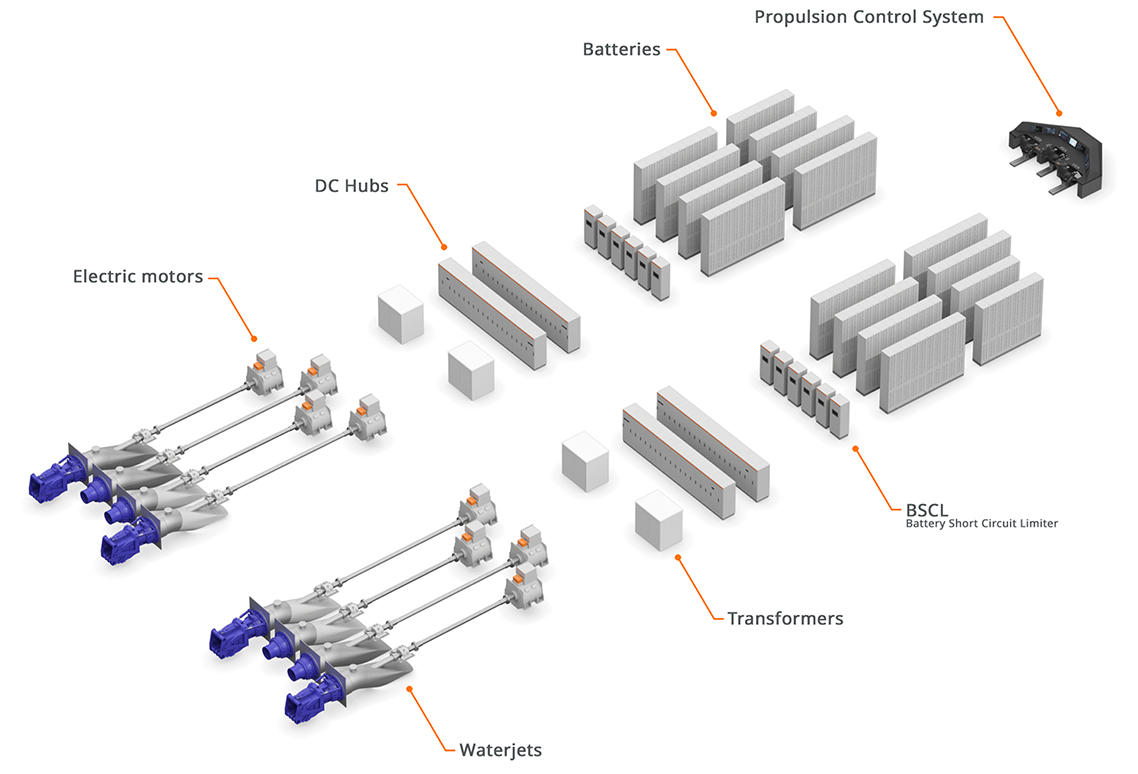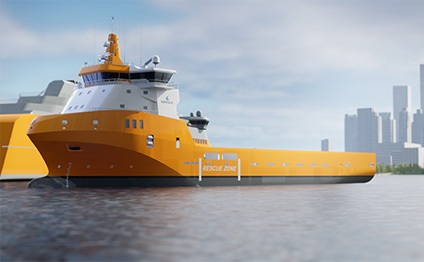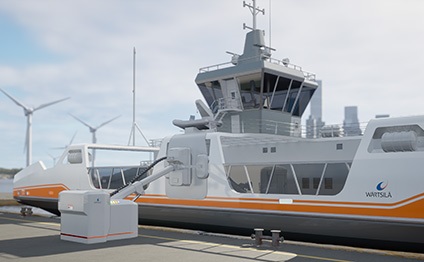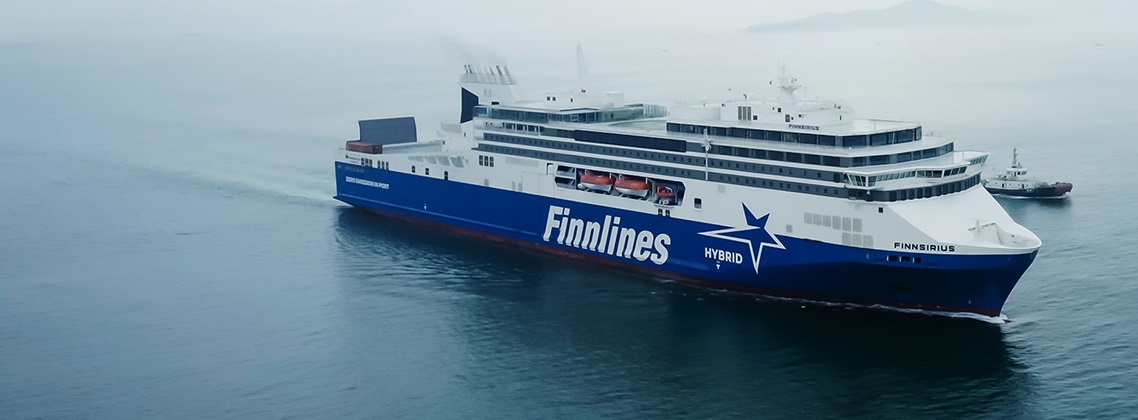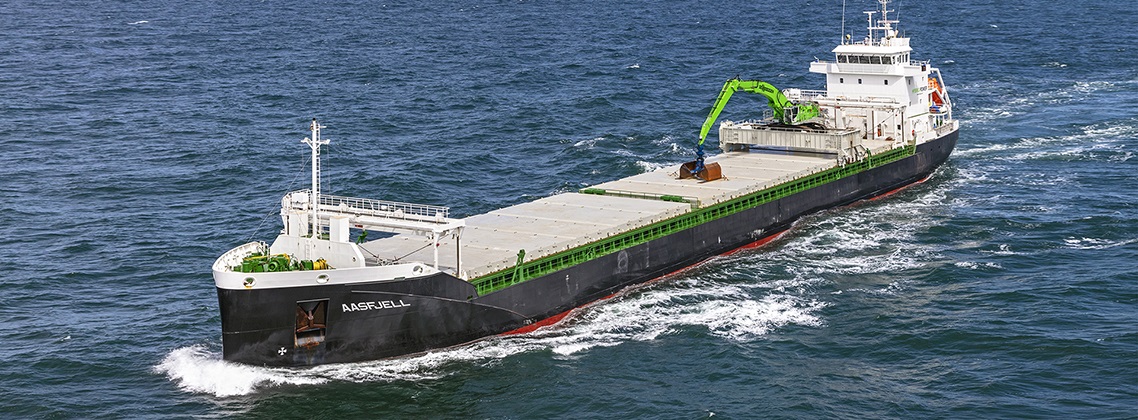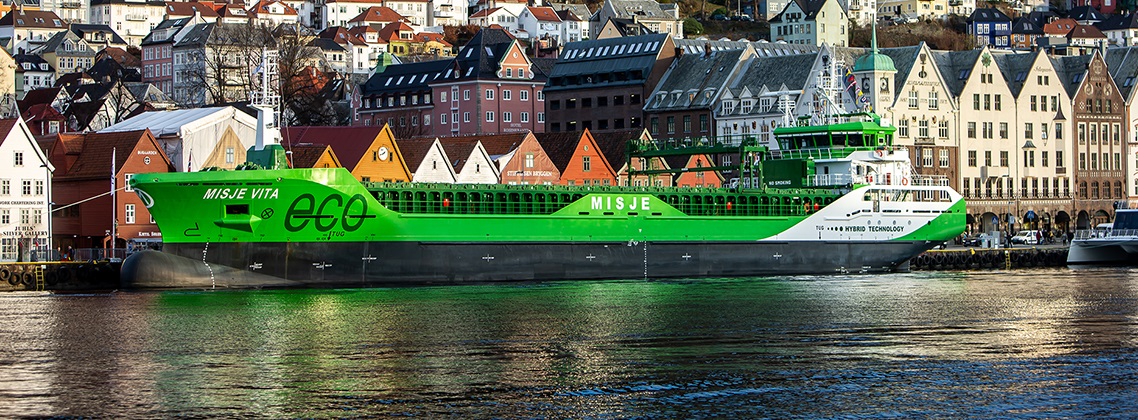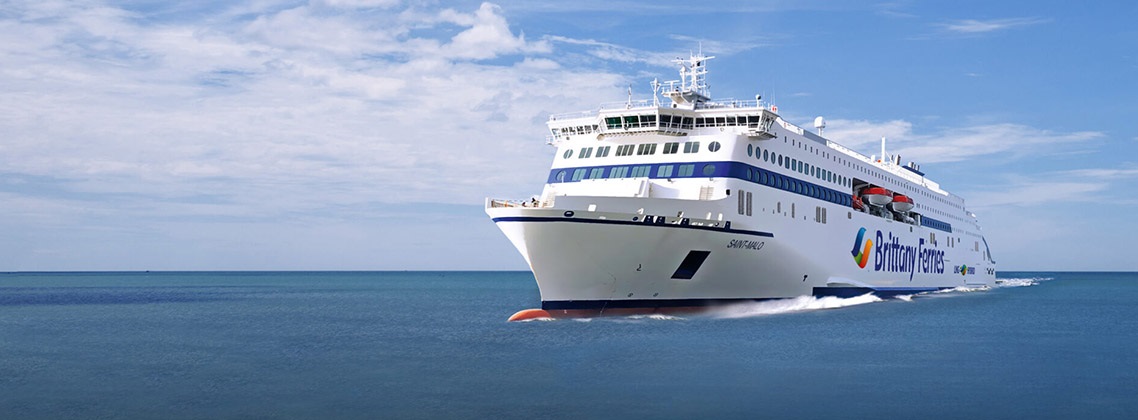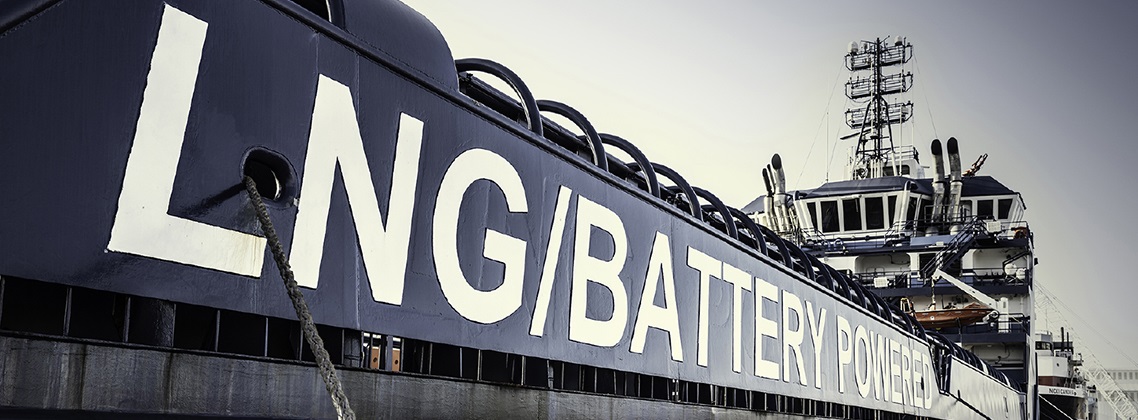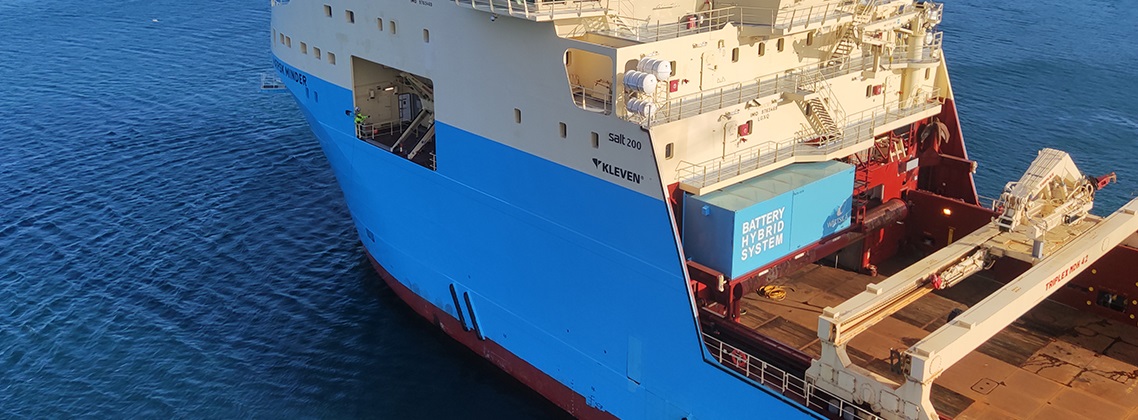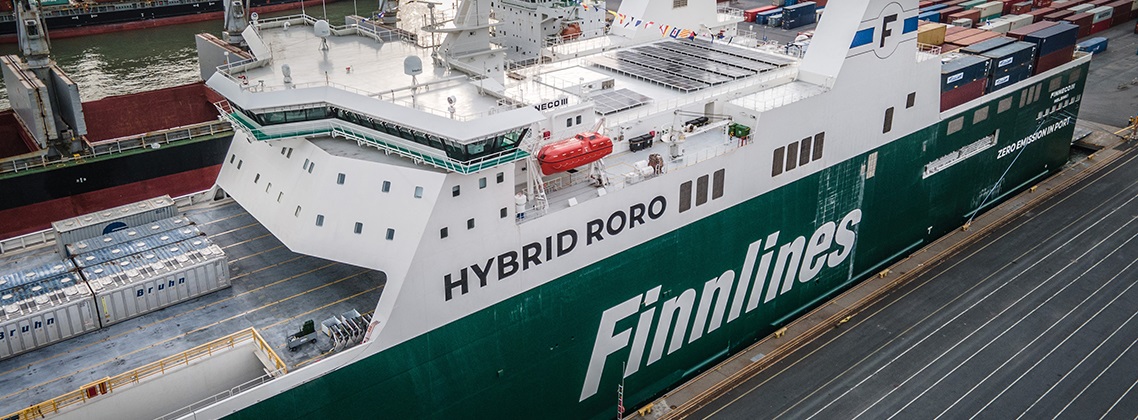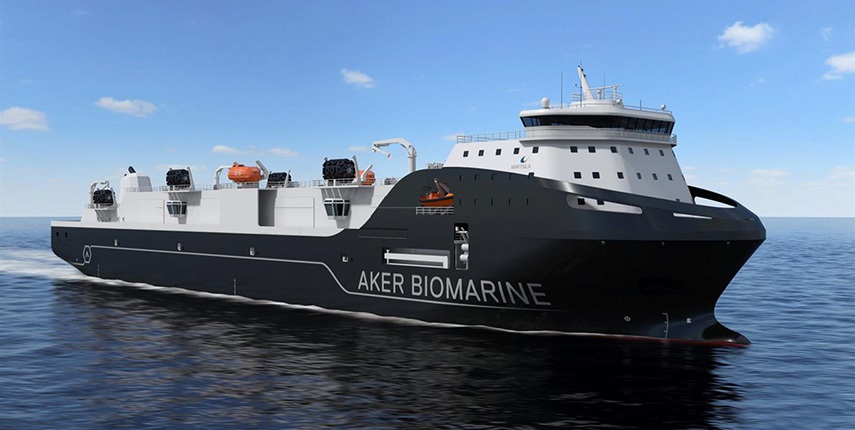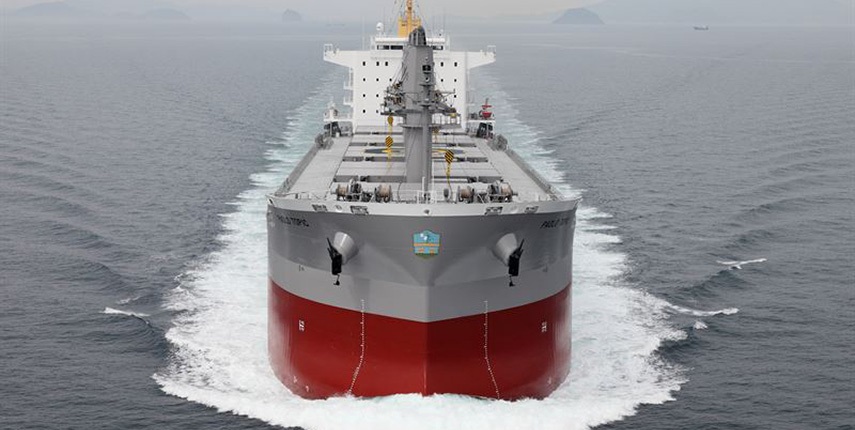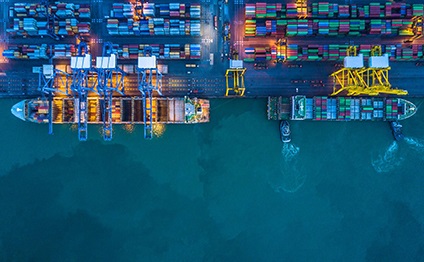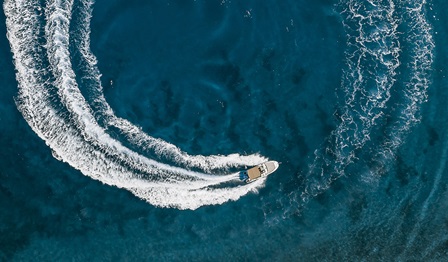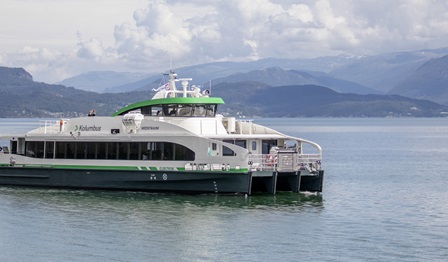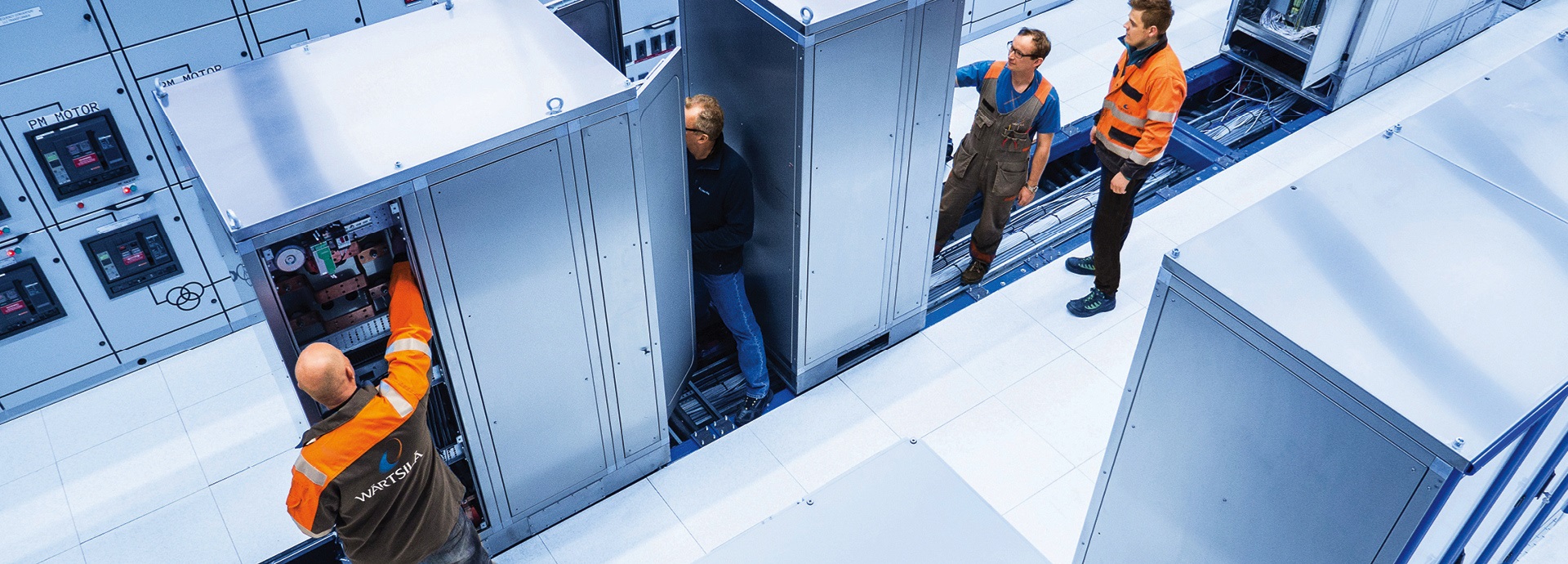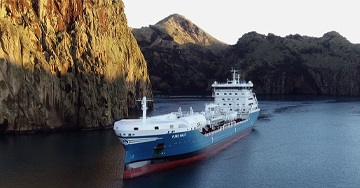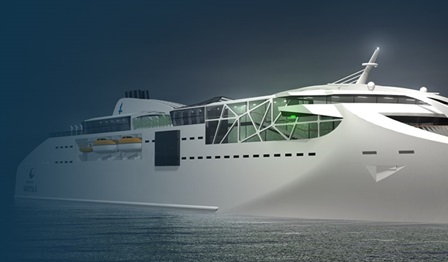
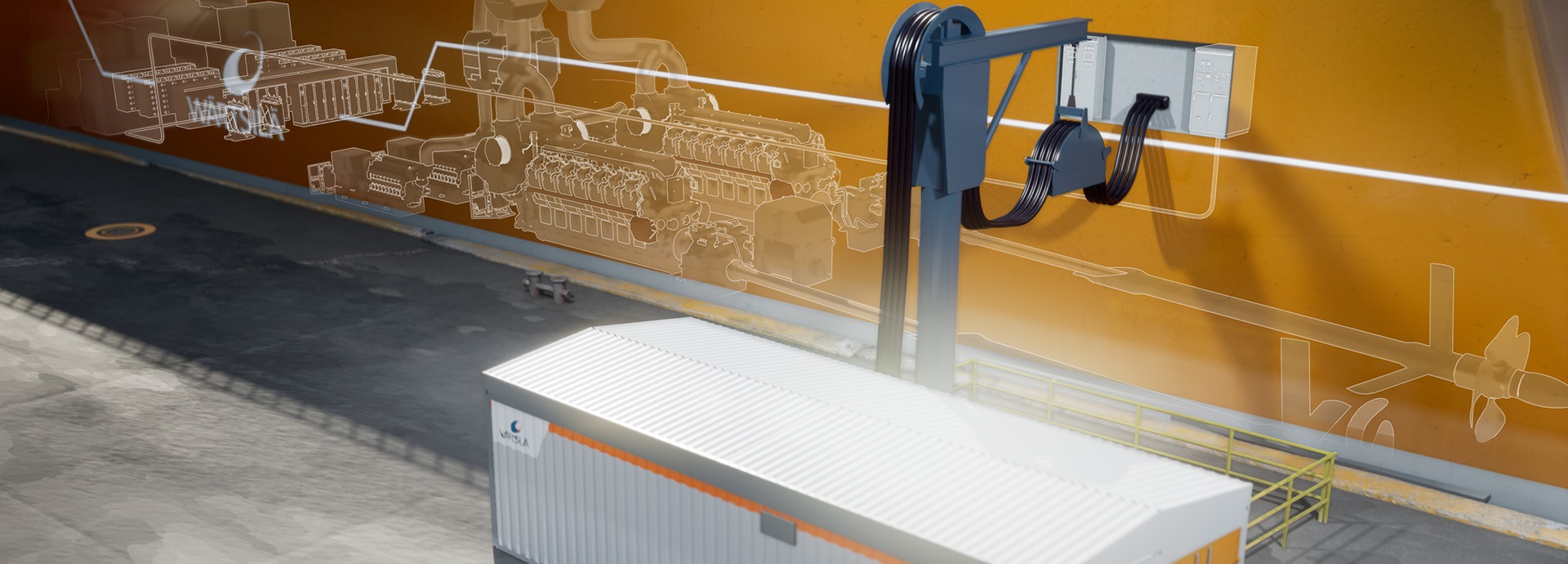
There’s more to electric shipping than electric propulsion
Electric shipping and hybrid ships are important solutions now that the marine industry has entered a new era – the age of decarbonisation and strict regulation. Vessels must be future proof: flexible enough to adapt to the changing needs in the future. As the regulation evolves and restrictions on emissions become stricter, the best way to stay competitive is to rely on the best available technologies. Electric shipping or ship electrification is one of the key solutions for marine decarbonisation.
The future of shipping is here: Play the video to discover how these interesting electrical solutions can reduce the environmental footprint for different vessels.
Electrical solutions and decarbonisation
Electrical solutions will deliver reduced emissions as retrofits and offer a competitive advantage also for newbuild vessels.
Electrical solutions have been part of vessel design for many years in the form of diesel-electric propulsion or shaft generators, for example. The share of green energy – from renewable sources such as wind, water, and solar – in land-based electrical grids is on the increase.
It makes sense for ships to take advantage of shore-based green energy. As an example, using a shore connection can reduce emissions significantly while the ship is in port. Depending on the vessel and its operating profile there are many ways to reduce its emission footprint. The key is optimisation: finding the right solution for each vessel.
Slow steaming used to be the favourite solution for many vessels to reduce emissions. Flexibility was not an issue then, so this means that some vessels will never be fully optimised. Electrical systems onboard make it possible to use smarter propulsion systems. Smarter, more resilient, and more flexible – and thus capable of adapting to the changing needs in the future of shipping.
What powers cruise ships in the future? Will cargo ship engines be electric?
Deepsea vessels will have to adopt green fuel engine technology to decarbonise. Electrical systems will be an integral part of the system including shaft generators and shore connection. Electric cruise ships and electric cargo ships are a futuristic concept, but they can go hybrid and take advantage of solar energy to improve their efficiency.
Tugs can benefit from hybrid or even full electric solutions. They operate close to the shore to land based electrical infrastructure. Because they have high load variations and spend long periods of time on standby, hybrid electric solutions will cut their GHG emissions significantly.
Ferries are often part of local transportation routes and can easily use the land-based charging infrastructure. If the route is short enough, the ferry can even be fully electric. Many ferries still prefer to have a hybrid electric solution to minimise risks.
Any short-distance or coastal vessel can be a hybrid ship. They can charge their ship battery with green energy available at the port. They can be a zero emission ship while manoeuvring, station keeping, and port navigating if they switch to full electric power during those operations.
Could you benefit from a hybrid solution?
Hybrid systems can be used on a wide variety of vessel types, both newbuilds and retrofits. Discover the clever ways that a hybrid solution could help you cut your vessel’s operational costs.
Battery-powered ships, hybrid ships or diesel-electric ships?
Which solution would be optimal for your vessels? The following are examples of actual solutions.
E&PMS landing page Solutions
Expand all
Why electrification – market trends and drivers
Watch the video and you will also learn three reasons to consider ship electrification as a solution for marine decarbonisation.
Solutions in more detail
Customer stories
Discover the benefits others have already gained from marine electric solutions.
Insights on electric shipping
Discover these insightful articles and case studies – they will build your knowledge of ship electrification and hybrid marine solutions.
Webinars related to electric shipping
Explore what you need to know about electric shipping and hybrid ships: watch the webinar recordings to learn from experts from the maritime industry and associations.
Hand-picked press releases
Wärtsilä hybrid propulsion solution selected for three new cargo vessels
Technology group Wärtsilä will supply an integrated hybrid propulsion solution for three new self-discharging cargo vessels being built at the Royal Bodewes shipyard in the Netherlands for Norwegian shipowner Aasen Shipping. As part of the solution, the ships will feature the latest addition to Wärtsilä’s engine portfolio, the Wärtsilä 25, which was launched in September 2022. The engines and vessel are prepared for operation on sustainable fuels in the future. The order was booked by Wärtsilä in September 2023.
Wärtsilä delivered a similar hybrid propulsion solution to two earlier Aasen Shipping vessels, the ‘Aasfoss’ and ‘Aasfjell’. These ships have successfully operated with the hybrid propulsion solution for almost two years, and this success has been cited as a prime consideration in the award of this new contract. To cater to the increasing demand for hybrid integrated machinery solutions, Wärtsilä works closely with customers, such as Aasen Shipping, from the early stages of a newbuild project in order to firstly, optimise the performance and efficiency of the vessel, and then secondly, by “de-risking” the project at the design phase.
“We have been very satisfied with Wärtsilä’s support and close cooperation in helping us to achieve more efficient and cleaner cargo transport. This is important to us. Plus, the Wärtsilä engines are made ready for us to switch later to sustainable fuels, which will allow us to significantly further reduce carbon emissions in line with our fleet decarbonisation aims,” said Torbjørn Torkelsen, CEO – Aasen Shipping.
“We are delighted to have received this repeat order for our hybrid solution. The combination of the highly efficient and flexible Wärtsilä 25 engine with batteries provides both optimised operations and environmental sustainability. The ships can use electrical battery power when in harbour and for low-load operations, and then switch to the main engines for transit,” commented Stefan Nysjö, Vice President of Power Supply, Wärtsilä Marine Power. “We look forward to continuing our collaboration with both Aasen Shipping and Royal Bodewes on our shared commitment to decarbonising marine operations.”
“As we understand that becoming emission-free is the biggest challenge of our generation, our focus at Royal Bodewes is to build innovative, sustainable and cost-efficient vessels for the industry. We are proud to be working alongside Aasen Shipping and Wärtsilä to utilise technology and solutions which will ensure these new self-discharging cargo vessels are able to cut emissions and reduce fuel costs, whilst keeping carbon-costs to a minimum,” commented Johan Tiemersma, Project Manager – Royal Bodewes.
The three 9500 DWT vessels will each operate with one six-cylinder Wärtsilä 25 main engine fitted with a Wärtsilä NOx reduction system, a Wärtsilä gearbox and controllable pitch propeller with shaft line, a Wärtsilä Pro-Touch bridge control system, the Hybrid system with DC hub and 620kWh battery capacity, the control system, as well as the battery, power and energy management systems.
The Wärtsilä equipment is scheduled for delivery to Royal Bodewes in December 2025 and in 2026. From dry cargo vessels to self-discharging cement carriers, and specials, like tankers and RoRo, Royal Bodewes has been building vessels since 1812. Royal Bodewes is currently building at three yards simultaneously in the north of the Netherlands. Among the current orders are highly efficient hybrid powered, methanol-ready self-dischargers.
Media contact for more information on this release:
Isabella Alder
Positioning and Strategic Communications Manager
Wärtsilä Marine Power
Tel: +44 (0) 7792 681 757
marine.media@wartsila.com
Image caption: Wärtsilä will supply an integrated hybrid propulsion solution (pictured - © Wärtsilä Corporation) for three new self-discharging cargo vessels (pictured - © Aasen Shipping)
All Wärtsilä releases are available at https://www.wartsila.com/media/news-releases and at http://news.cision.com/wartsila-corporation where also the images can be downloaded. Use of the image(s) is allowed only in connection with the contents of this press release. Wärtsilä images are available at https://www.wartsila.com/media/image-bank.
Wärtsilä Marine Power in brief:
Wärtsilä Marine Power is a global leader in power, propulsion and lifecycle solutions for the marine market. From our end-to-end digital ecosystem planningto our future fuels development, Marine Power is driving the shipping industry forward on its journey towards a decarbonised and sustainable future. Our broad portfolio of engines, digital technologies, propulsion systems, hybrid technology, and integrated powertrain systems delivers the efficiency, reliability, safety, and environmental performance needed to support our customers. Our offering includes real-time insights into operations, performance, and energy use,performance-based agreements, lifecycle solutions, and an unrivalled global network of maritime expertise.
www.wartsila.com/marine
Wärtsilä in brief:
Wärtsilä is a global leader in innovative technologies and lifecycle solutions for the marine and energy markets. We emphasise innovation in sustainable technology and services to help our customers continuously improve their environmental and economic performance. Our dedicated and passionate team of 17,500 professionals in more than 240 locations in 79 countries shape the decarbonisation transformation of our industries across the globe. In 2022, Wärtsilä’s net sales totalled EUR 5.8 billion. Wärtsilä is listed on Nasdaq Helsinki.
www.wartsila.com
Take your easiest step on your journey to ship electrification - get in touch and let’s discuss your needs and options!
